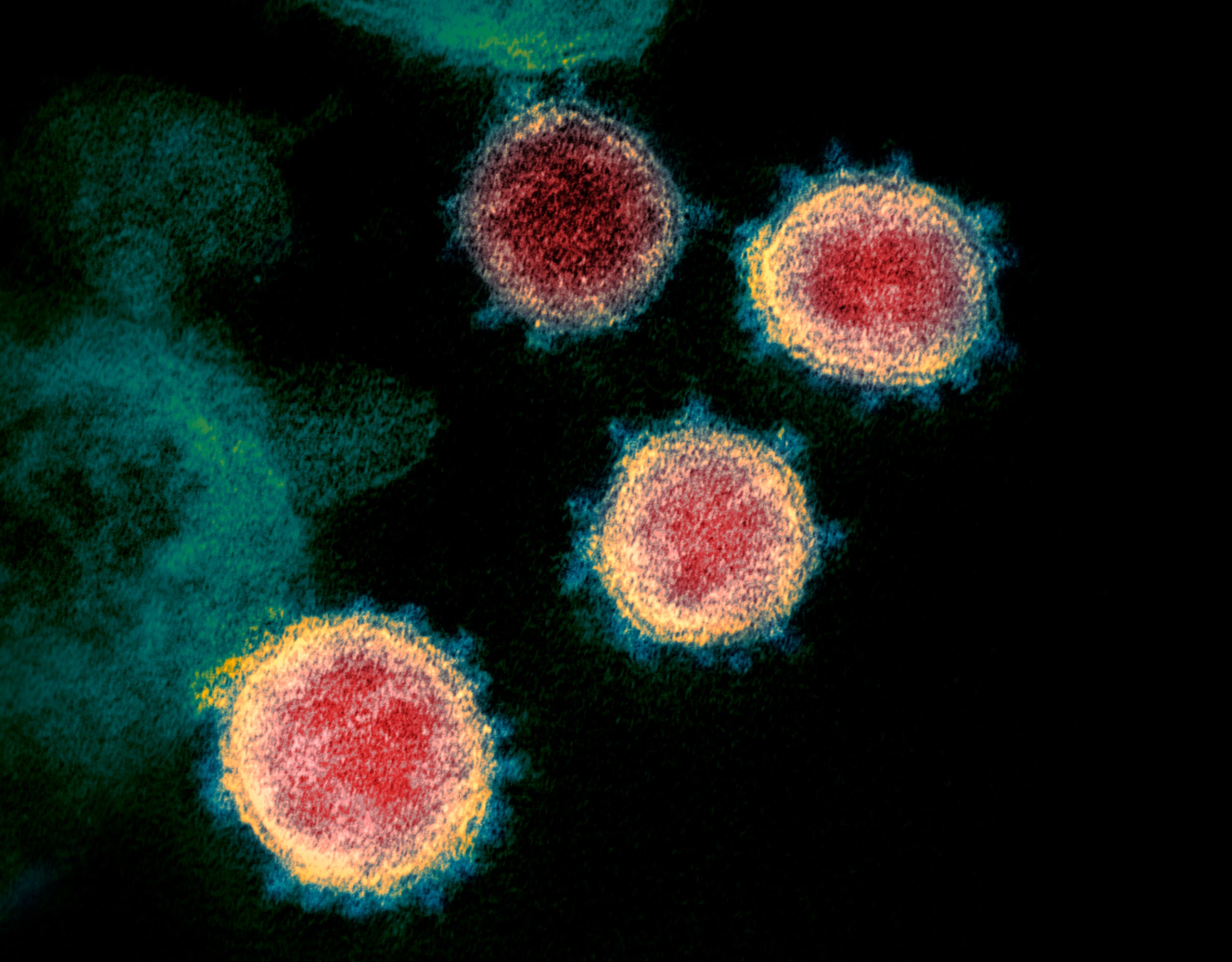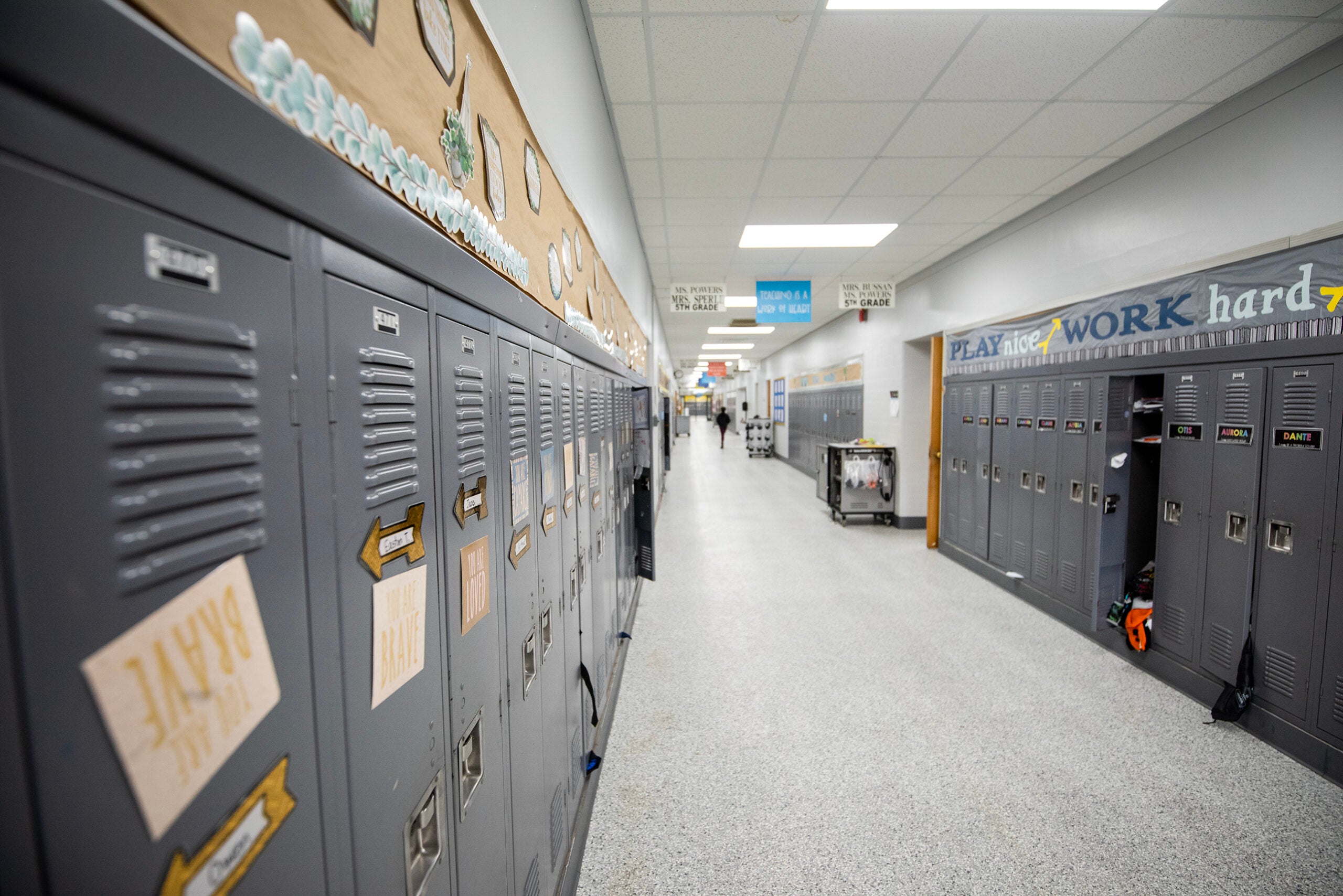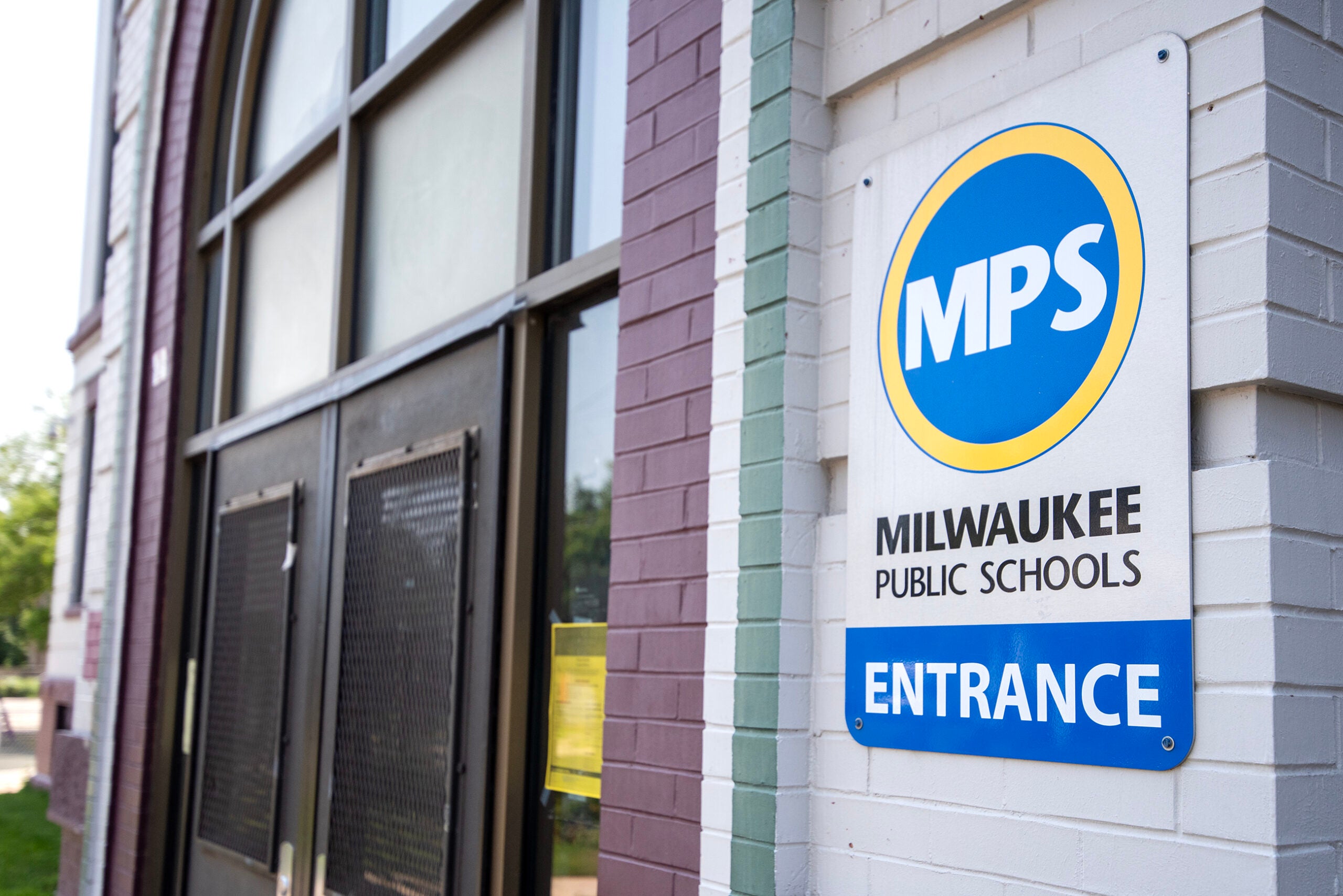State and federal officials are warning schools to prepare themselves for the spread of COVID-19, a respiratory illness that has killed thousands in China and sickened people around the world.
In Wisconsin, there has been only one confirmed case of this coronavirus disease, and the state Department of Health Services says the public health risk is low.
Regardless, the national Centers for Disease Control and Prevention is warning schools might have to close and provide virtual schooling if COVID-19 spreads.
News with a little more humanity
WPR’s “Wisconsin Today” newsletter keeps you connected to the state you love without feeling overwhelmed. No paywall. No agenda. No corporate filter.
The Random Lake School District held two virtual school days last year, when bad weather kept students home. District Superintendent Michael Trimberger said teachers taught via Facebook Live video livestreaming and students logged physical activity like sledding and shoveling.
Random Lake could use the same techniques for any COVID-19-related closures, Trimberger said, but not without problems for children who receive free or reduced lunch.
“They’re always provided two meals a day. We can’t get them meals. That’s one of the negatives,” he said. “The other negative is for our students with disabilities, trying to get them services, it’s a little more difficult when they’re at home.”
The district also provides students with laptops or iPads, and it’s working to get discounted internet access for families who need it, Trimberger said.
Random Lake and other districts are also looking to update their disease outbreak protocols. Michael Thompson, the deputy state superintendent, encouraged the updates in a Feb. 26 message to district administrators.
“You should consider what your district’s response might be if an outbreak of a communicable disease affects your community,” Thompson wrote. “Based on the lessons learned from the 2009-2010 H1N1 pandemic, you should consider planning for the possibility of disruptions to school, work, and general life activities.”
Green Bay Area School District spokesperson Lori Blakeslee said the district will revisit protocols established for the H1N1, or swine flu, outbreak.
The Oshkosh Area School District is also reviewing its plan, but Oshkosh superintendent Vickie Cartwright said the flu is a bigger concern.
“Please be paying attention to not only the coronavirus, but also influenza. There’s actions that families can take now in order to minimize the risk, such as vaccines,” Cartwright said.
Trimberger, the Random Lake superintendent, said the flu has hit his district hard. Twice, schools almost closed when attendance rates dropped to less than 80 percent.
The flu and other illnesses have forced several other Wisconsin schools to cancel classes in recent weeks.
COVID-19 is caused by a member of the coronavirus family that’s a close cousin to the SARS and MERS viruses. Symptoms can include fever, runny nose, cough and breathing trouble. Most people develop only a mild case, but some, usually those with other medical complications, develop more severe symptoms, including pneumonia, which can be fatal.
Wisconsin Public Radio, © Copyright 2026, Board of Regents of the University of Wisconsin System and Wisconsin Educational Communications Board.







